Training with Monica Theodorescu – Christopher Hector and Roz Neave
Back in 2009, THM visited Brianna Burgess who was training with the current German Dressage Coach, Monica Theodorescu.
Brianna had spent some time in Belgium, in a Dutch run stable, and it affected her riding. Monica recalls her arrival: “I was away in Hong Kong when Brianna arrived and I asked my mother, how does she ride?” ” DUTCH! was her reply”
But it was just a matter of time…
For Brianna, it was the right place right from the start: “I thought it was beautiful here with Monica and everything is so well set-up. I’d come from a completely Dutch riding system and my horse Daisy was going in a very different way.”
Was it hard to un-Dutch?
“It was really difficult at first, I was into the whole Dutch thing when I came, but I saw a different way, and I saw that it was working, and I wanted to be part of that. I’m still changing a lot of things, how I am working with the horses, how I am sitting, and I’m trying to learn as much as I can from Monica and everyone around me. These people know what they are doing and it is important to watch and learn. I like this system here and I see that it works… You get results from this way of training and riding and it doesn’t have to be anything hoo-ha or special, or this or that, it’s training, everyday training. It’s getting everything correct. It proves that you don’t need any special horse or be any sort of extremely talented rider, you just need to listen and be intelligent and to ride and watch and learn.”
story continues below the advertisement
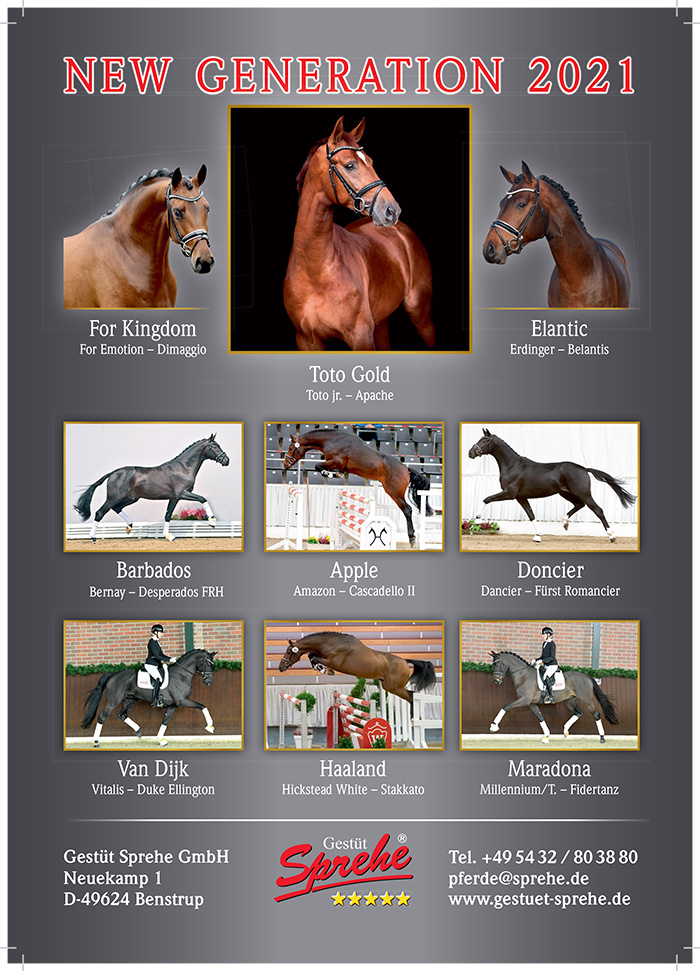
For Monica, it involved a big change to Brianna’s way of riding:
“Completely actually. She was riding a lot with her hands, too much with her hands, not enough with her legs, the legs were only kicking the horse but not pushing the horse toward the contact, she just didn’t know.”
It wasn’t just the rider; Daylight, the horse Brianna brought over from Australia, now looks very very different:
“Brianna’s horse was very tight and behind the vertical, and had no muscles on the upper neck. The horse was tense. Also the horse was unhappy, you could see with the ears, not going easy, not going happily, she was either pulled or kicked. Kicked and pulled, that is not how it works. Brianna has a strong enough position that she gets to use her aids well and with effect, but now she has to learn to coordinate the whole thing – especially with her young horse. It can work with your old horse, you know which buttons to press so they work somehow, but with a young horse it’s a bit different.”
How does a rider make that change – is it just by watching others, or is it instruction…
“I think it is altogether. If you just look at other riders you don’t see yourself and you might think you are doing it. We tell her what to do, and what to take care of, and while she is riding with us, she sees it at the same time and it probably makes it more understandable. Oh, that is what she means – that is how it works. It’s a whole process, I think it’s a bit like learning a language – you might learn the vocabulary but if you don’t get to listen to the words, then you just have your own idea in mind and it doesn’t sound right. If you ride with everyone else, then you get so you can do it too.”
“It’s important that the rider doesn’t disturb the horse – leaning this way or that – and that is the same with this pulling and pushing. You give a half halt, but half halt is not just pull back and then let go. First of all you have to push the horse into your contact, and while you do a half halt, the horse should not get tighter in the neck and not get slower in the hind legs. Actually we want to engage the hind legs. It’s something you have to work on all the time, and get to feel it. When you tell the rider, now this, now that, you are already too late. You have to practice this, so that the riders get to feel it themselves.”
more follows
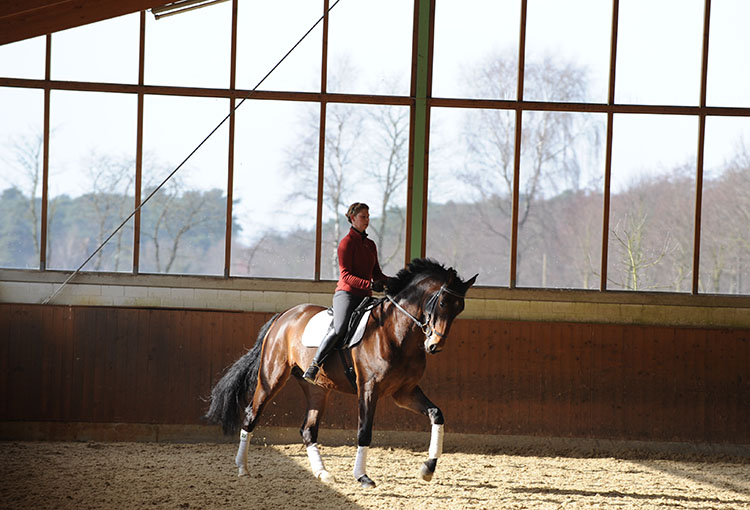
Brianna didn’t only find a dressage trainer, she also found a horse – a six-year-old Sonny Boy gelding, that had been brought on by the Theodorescu’s long time bereiter, Ike Hahn. It is so nice watching the new combination in action, the handsome bay gelding just seems to suit Brianna, and as she rides around the school with Monica, you can see the young Australian starting to look more and more like her German mentor…
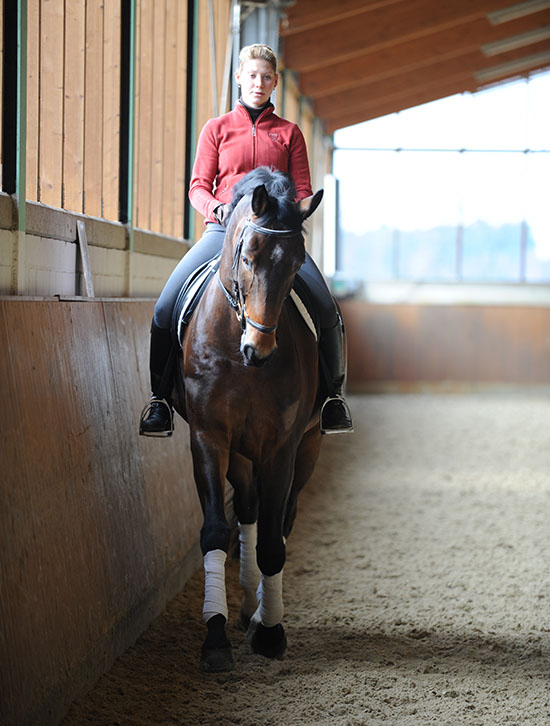
Brianna counts herself lucky to find such a talented horse…
“We looked everywhere and he was right here under our nose. That was really special – so we do what we are doing, working every day, and we will see what happens in a few years time. I really like his character, his personality, it’s fun, the whole thing is really fun. He tries, and he’s an athlete and he is really intelligent. For me it is challenging, this combination of athleticism and intelligence, that’s quite different – sometimes you get one or the other with a horse, but not together. For me this is the best part of the horse, his character and his intelligence, this is great.”
Part of the learning experience, riding one of Monica’s client’s horses
More follows
It’s pretty special that Monica lets you come and groom for her at the really big shows…
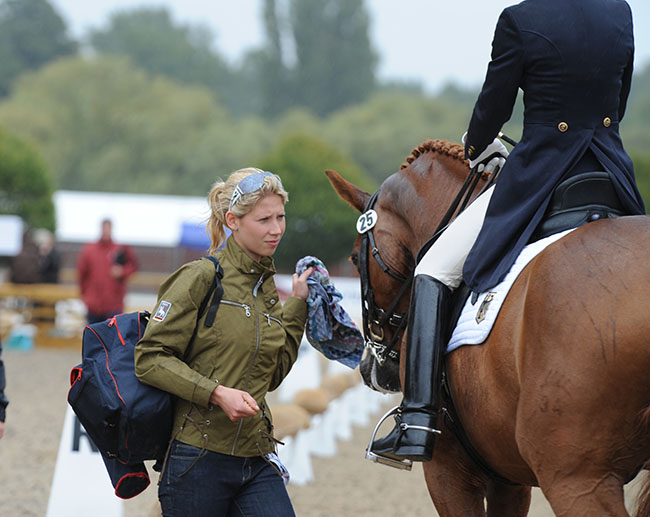
Brianna at the Windsor European Championships with Monica
“This is an excellent opportunity for me to watch everyone and to see the training, see the test riding and to meet people and understand what goes into developing a top athlete and a sport horse. It’s an incredible process. When you go to those big shows you realise how difficult it is – no, not difficult, complex – how many hours, how much time it takes to produce that. That’s special to see, and to be a part of this team. Because it is not just Monica and Whisper, it’s a lot of other people that go into helping make everything happen. You need support not just for the riding, but to speak with and depend on – it’s a whole team effort.”
“Lots of the time people say, oh dressage is so individual, but you come into a stable like this where everyone is working to achieve a goal – that’s really nice.”
Next Monica tells us what she sees when training riders:
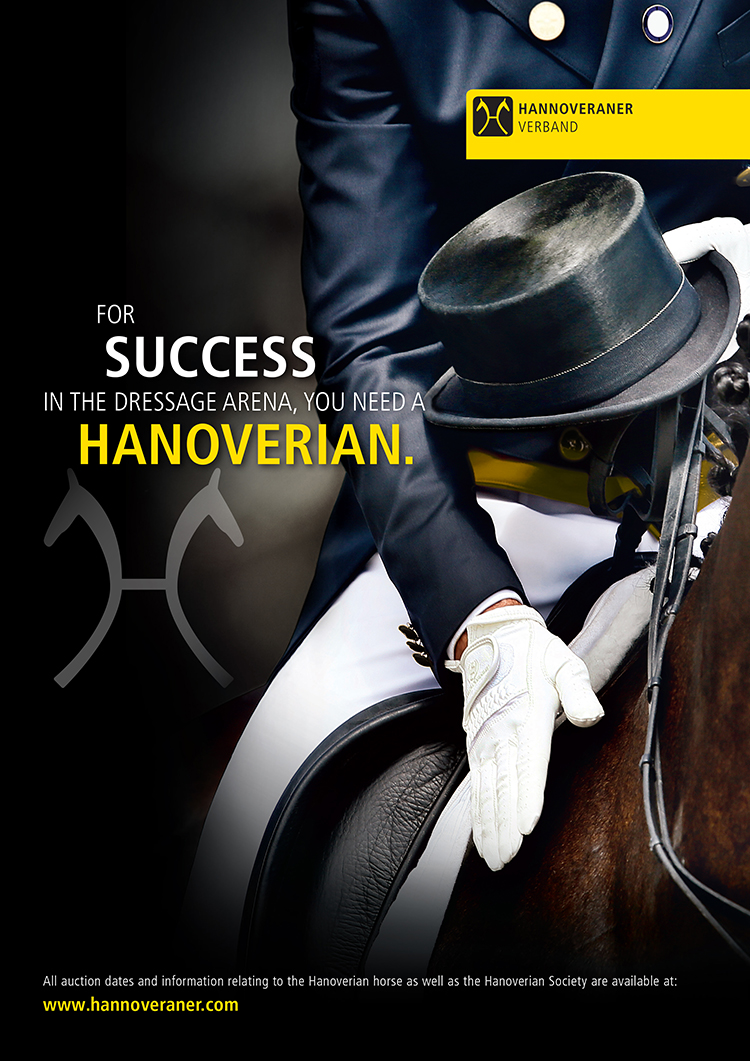 Back to Monica:
Back to Monica:
“ What I see that very often in my clinics in different countries, and also in Germany, there are a lot of riders who sit well on a horse, and you think they are quite educated riders, but a lot of them don’t know what they are doing on a horse: what aids they are giving, they are not so conscious of what they are doing or what they want to do. They are not sure what they aim for on that day. We should say, today I want to work on this, and achieve this, more suppleness on the left or the right. They just ride along and do some exercises without really having in mind – ok, diagonal and straightness, on serpentines ride the loops properly, get the bending, get the outside rein, where is my inside leg? There are so many things to think of. But many riders they just ride around and see what happens. They don’t have a plan that they are focussed on, they have a long term plan, they are focussed on getting to Grand Prix, but not what they are doing on that day…”
“Many riders are not aware of their own body. Many riders are not coordinated… where is my right hand, what is my left leg doing, where is my knee, where are my shoulders, am I leaning to one side?”
Monica Theodorescu in her current role of German Dressage coach, and Isabell Werth discuss how the test went…
Monica and her ‘eyes on the ground’, her late father, the Dressage Master, Georg Theodorescu.
International Horse Breeders can help you breed the dressage horse of your dreams – go to www.ihb.com.au – Stallions like Furstenball, or Floriscount, or Vitalis…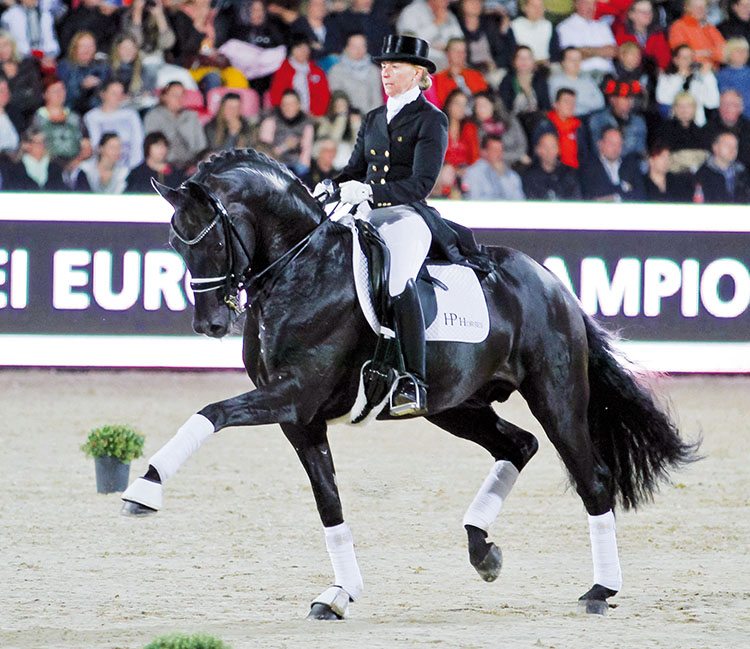


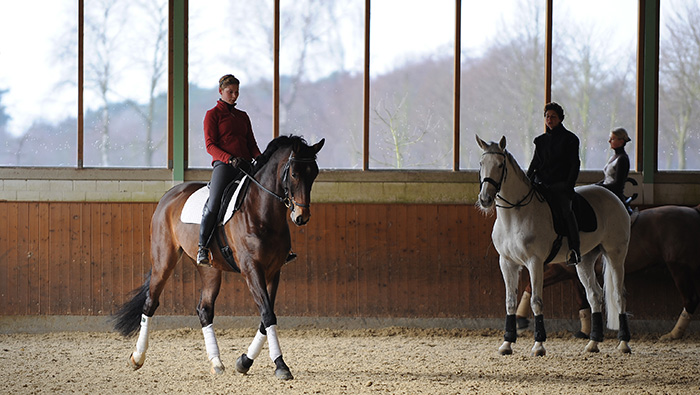

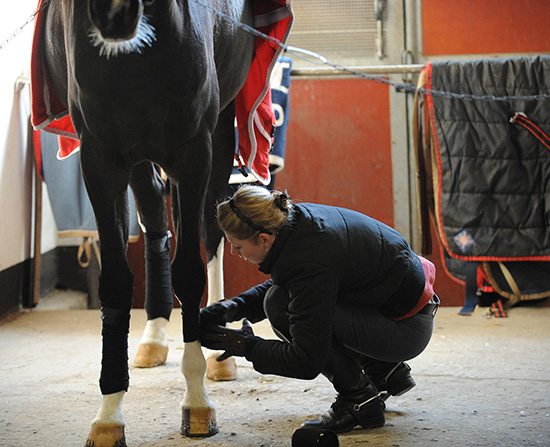
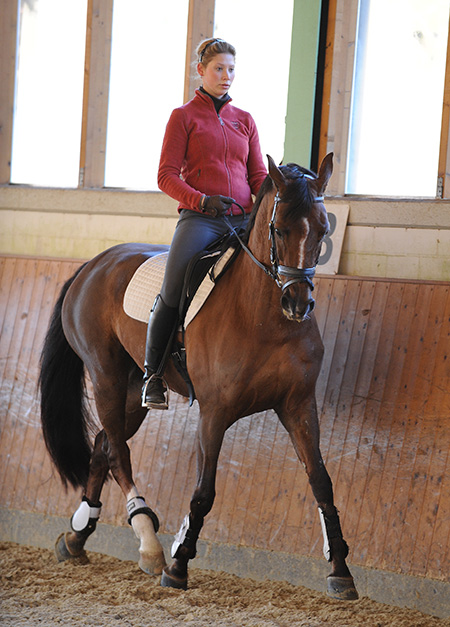
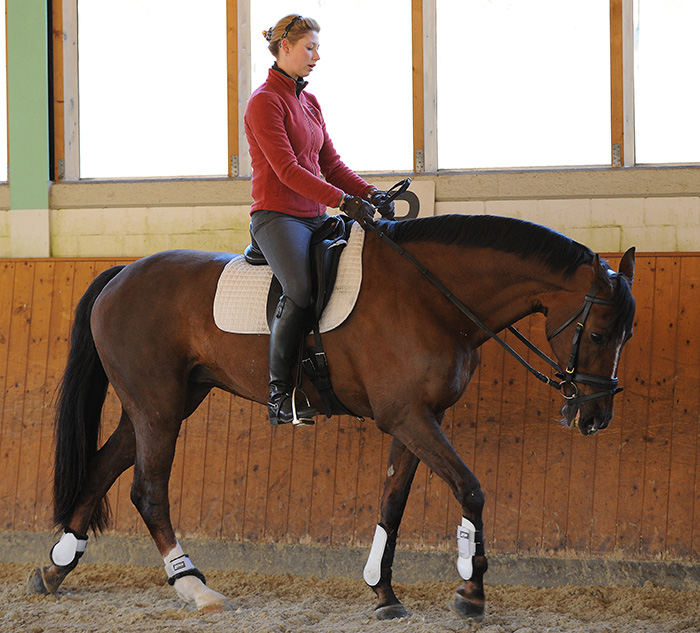
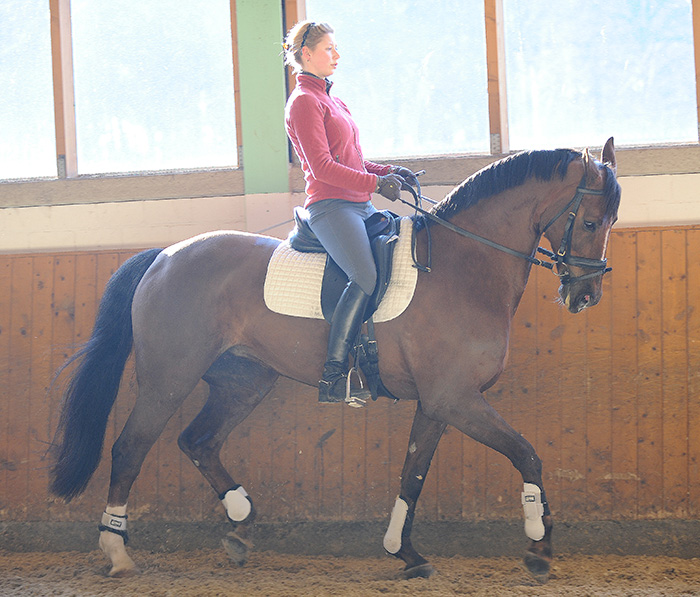
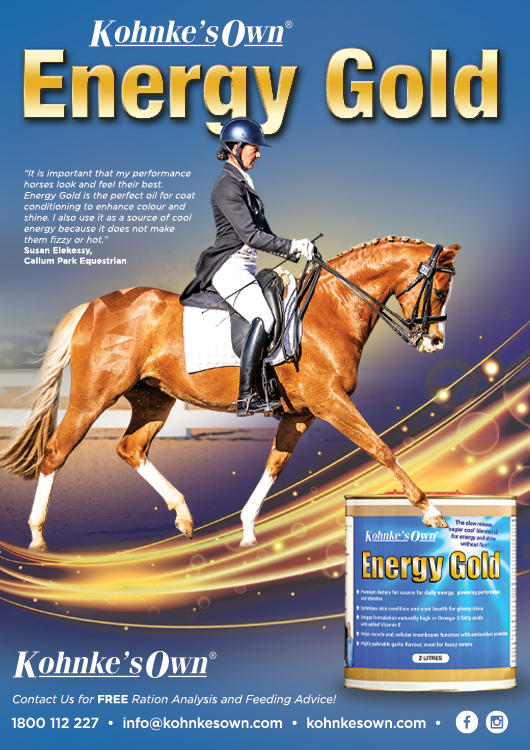
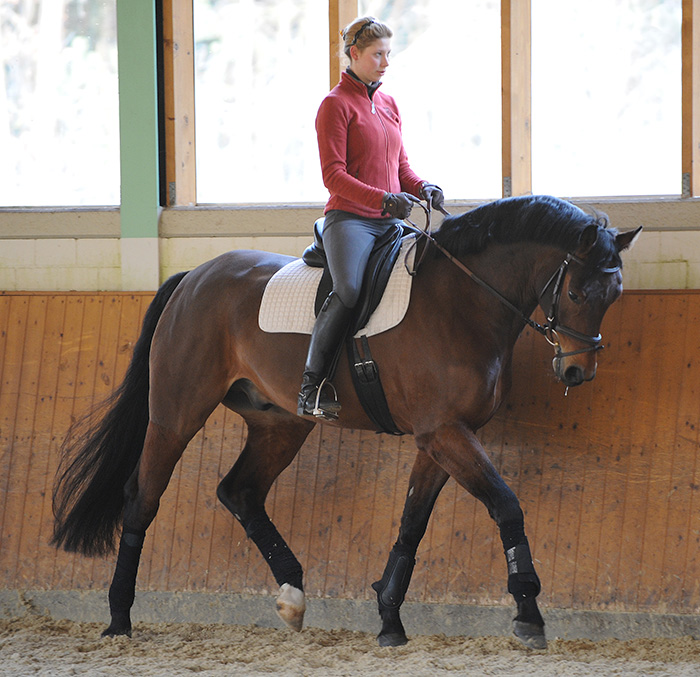
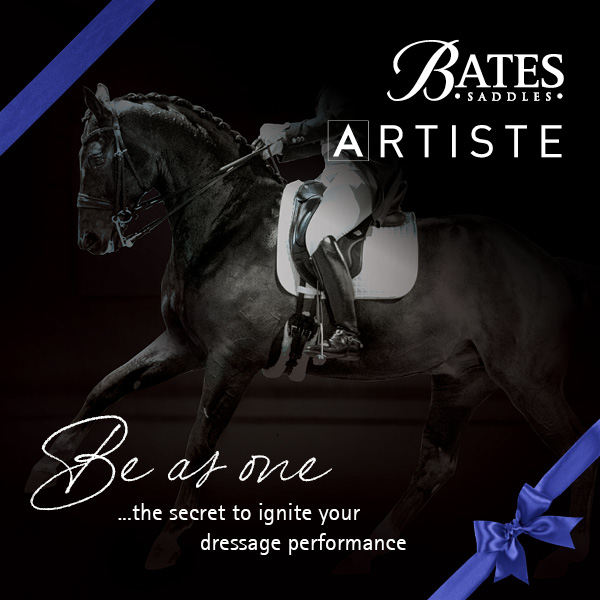
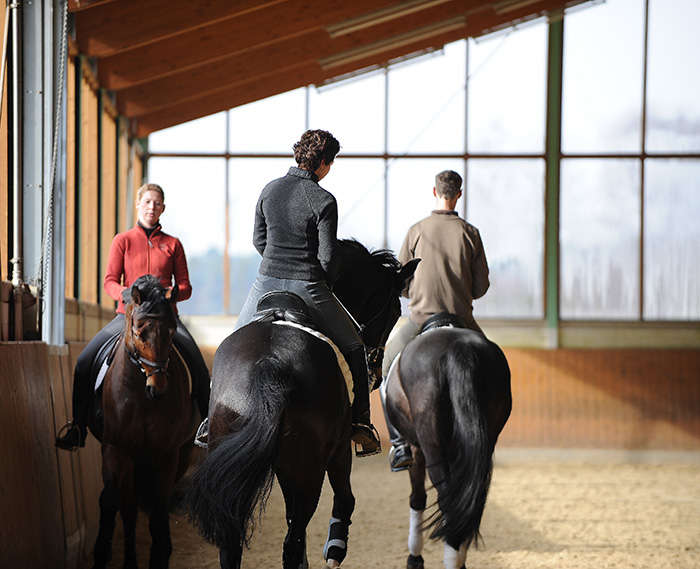
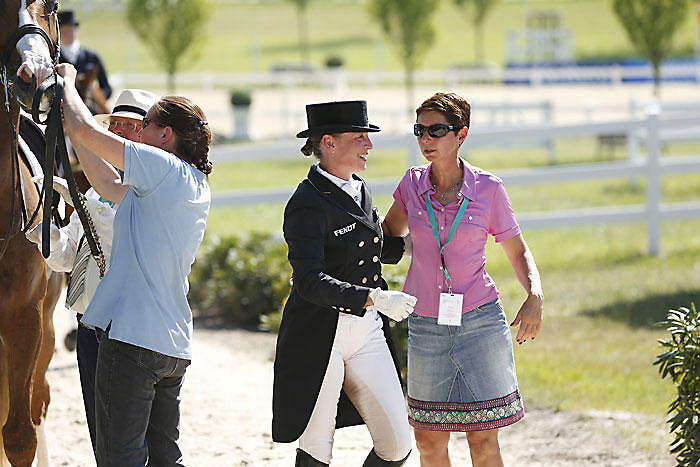
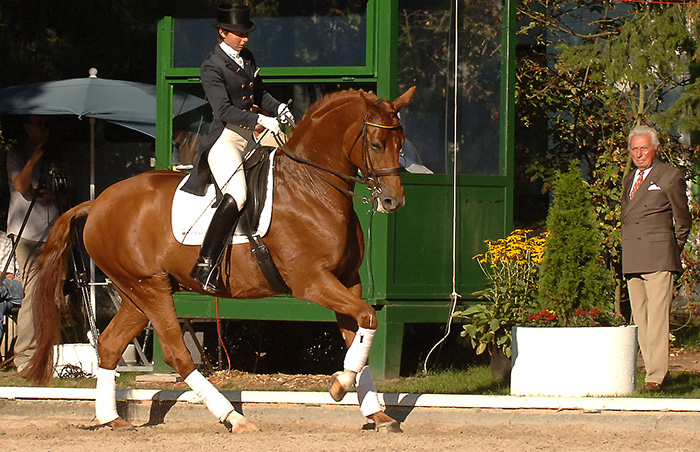
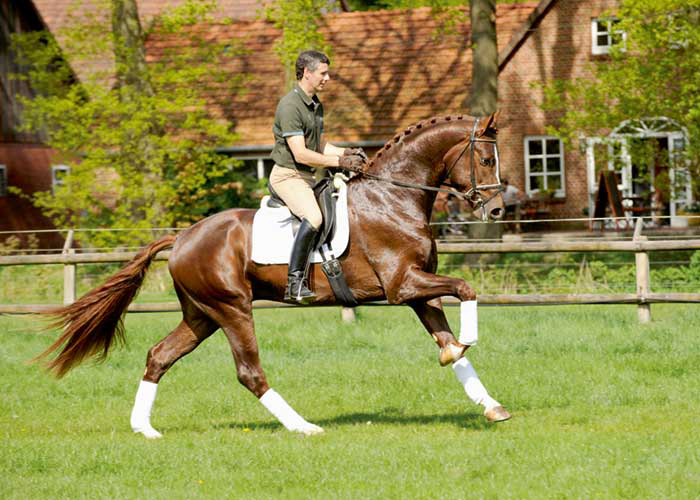
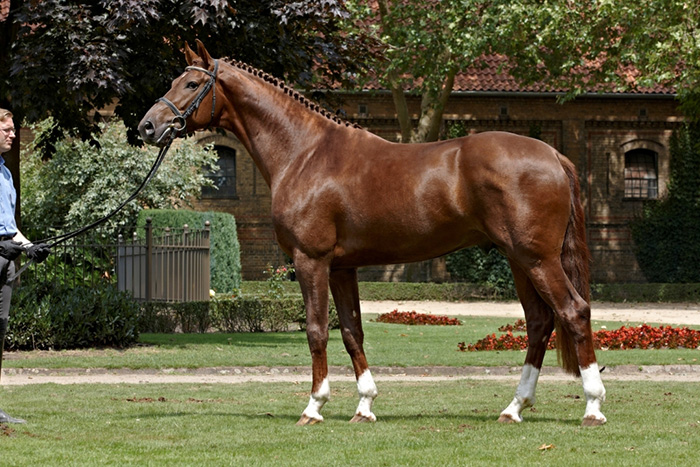
This is great information. I’d love more understanding of the Dutch system. I see some riding that sounds like the description given here and I’ve struggled to name it. Here in the US we call it “crank and spank,” and I’ve wondered where this developed and how it became legitimized.